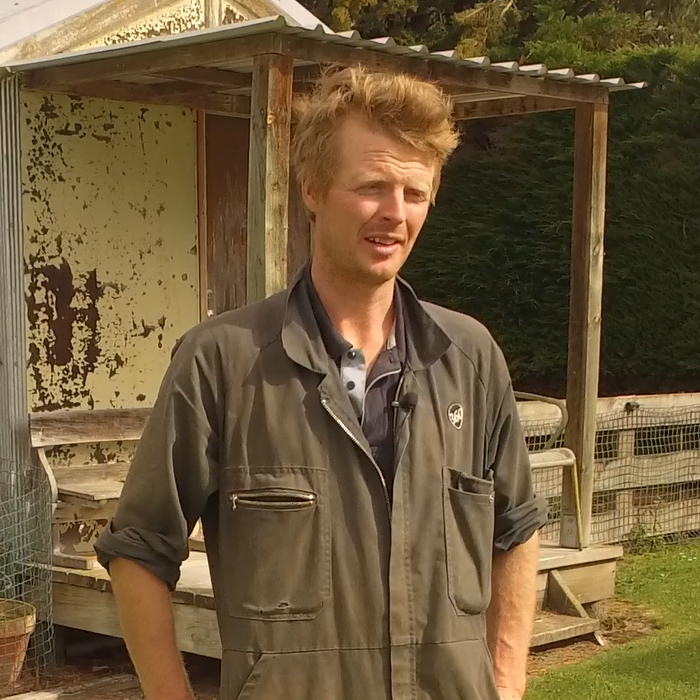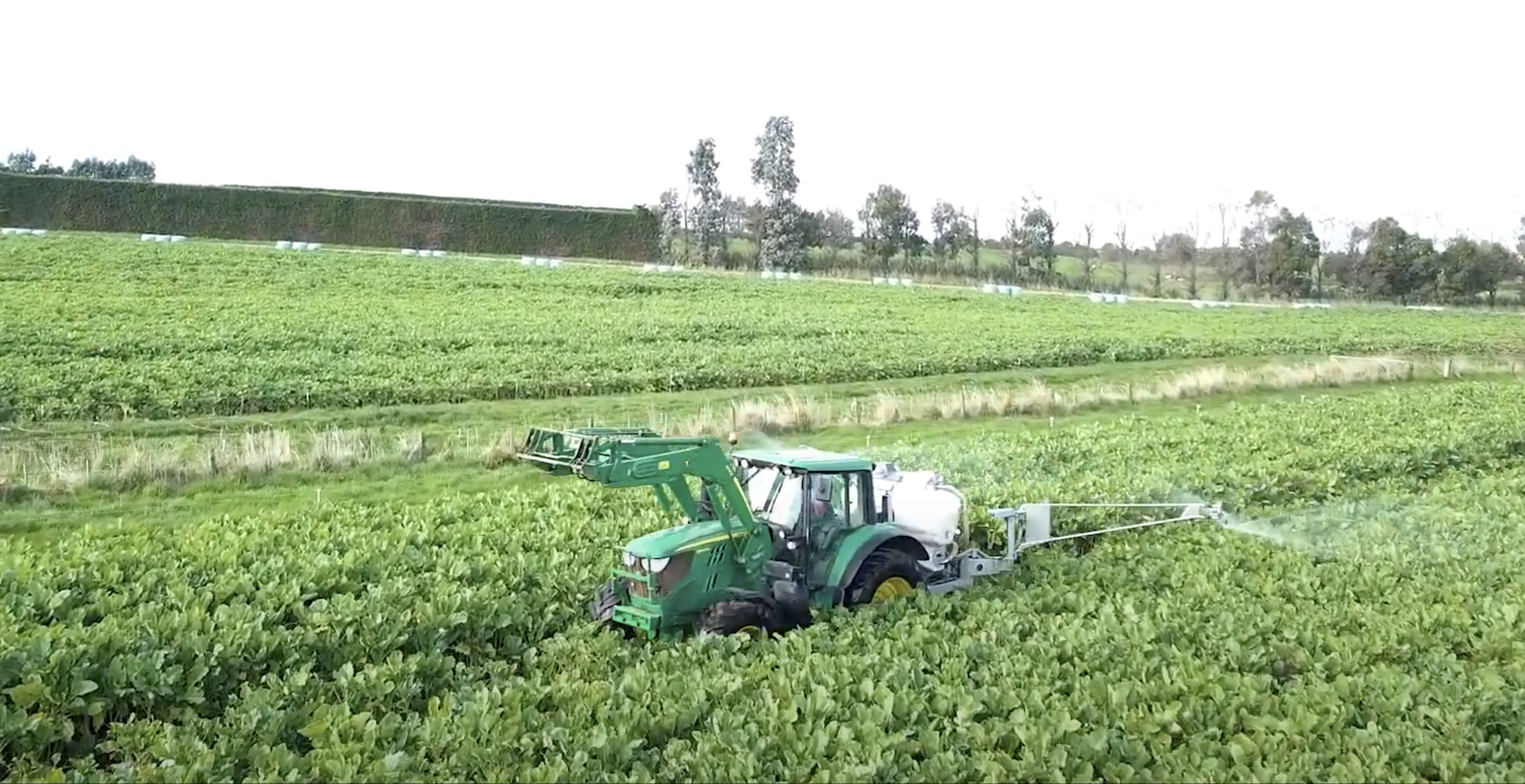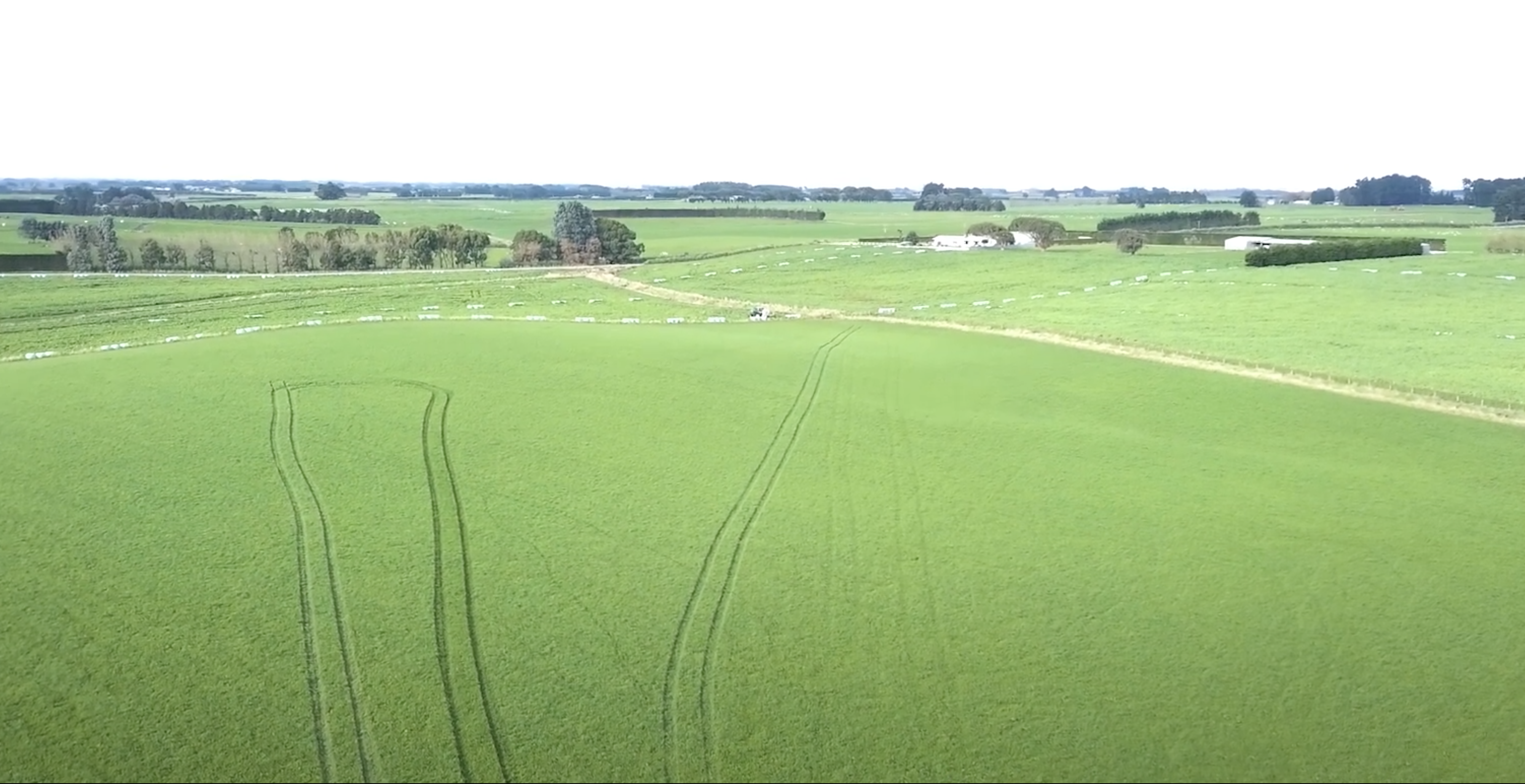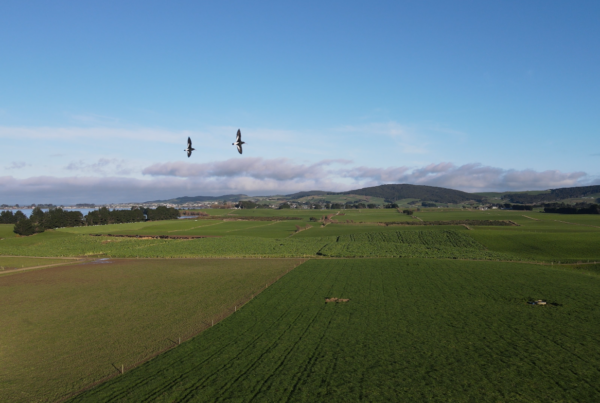
Sam Clearwater, Clearwater Contracting
If you need something done, ask a busy person.
We met up with Sam Clearwater and I think it is fair to say that this expression embodies the work ethic of Clearwater Contracting quite well.
Sam runs a fertiliser application contracting business out of his base at Peel Forest in South Canterbury with a focus on the application of liquid fertiliser to get results above the ground in pasture growth and below the ground with emphasis on improving biology in the soil to deliver sustainable results.

The Approach
Sam explains “My background is organic dairy farming at Peel Forest in South Canterbury. We’ve been organic for 22 years now and this has driven my direction into liquid fertilisers. Fertilisers are a precious resource, and we need to utilise them as best as possible. We need to be increasing our biology count in our soils tenfold and bio-stimulants like Fish IT play a big role in achieving that.”
It’s early days for Sam as he is transitioning from his family dairy farm operation to a contract application business – Clearwater Contracting – but he’s picking up new clients and is running hard at the opportunity.
“We’ve invested in a Tow and Fert 4000, which is an upgrade from the Tow and Fert 1000 we’ve been using for a few years on our own farm, and a tractor to tow it. The Tow and Fert allows us to mix multiple products together in liquid form which gives a much better uptake compared to solid fertilisers and the 4000 allows us to cover greater areas efficiently. Our customers may require a mix of urea, DAP and other fertilisers but in much less volume due to the benefits of liquid application. Using Fish IT gets biology into the equation and we get fantastic results”

A Key Concern
Sam’s biggest concern on the farms he visits is long term sustainability. Sam says “I see a lot of guys pouring huge amounts of potent fertilisers onto their soils. I get out and dig some holes and there’s no worms there. There are compacted soils, heavily bacterial dominant, which creates compaction. It’s concerning to see that. A change is required and through liquid application of appropriate recipes, we believe we can help that change.
“Fertilisers are a precious resource, and we need to utilise them as best as possible. We need to be increasing our biology count in our soils tenfold”
What’s Next
Clearwater Contracting are in a growth phase as they build their client base in South Canterbury. Sam comments “We want to see more clients and we want to see them carry on their success. We’re already seeing fantastic results and we want to take them further. We’re doing herbage tests and we will continue to do our Visual Soil Assessments as part of our on farm analysis. We continue this process with our clients to make sure we’re doing everything properly and help our clients succeed at what they they want to achieve.”
Sam continues “Success for me is two things. We want to provide a decent, reliable service – the best service possible – and we want to help our customers achieve real sustainability. They’re at a serious turning point at the moment environmentally, and we want to help them get in front of the game. We want our clients growing as much grass as they can with little or no synthetic inputs.”
Sam Clearwater and Clearwater Contracting are on a mission in South Canterbury. If you’re in their area, would like an assessment of your farm and are looking to liquid fertiliser as a path forward get in touch.










